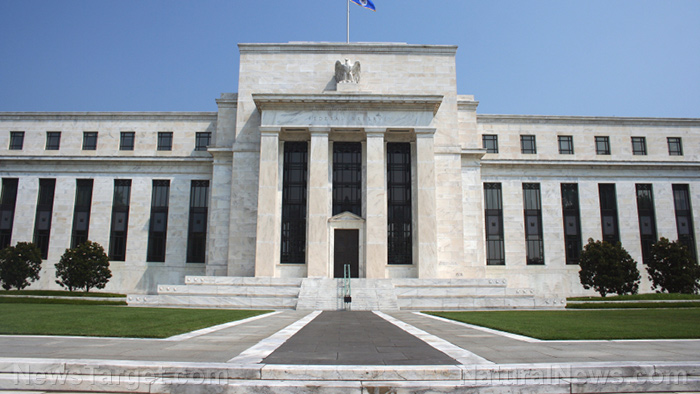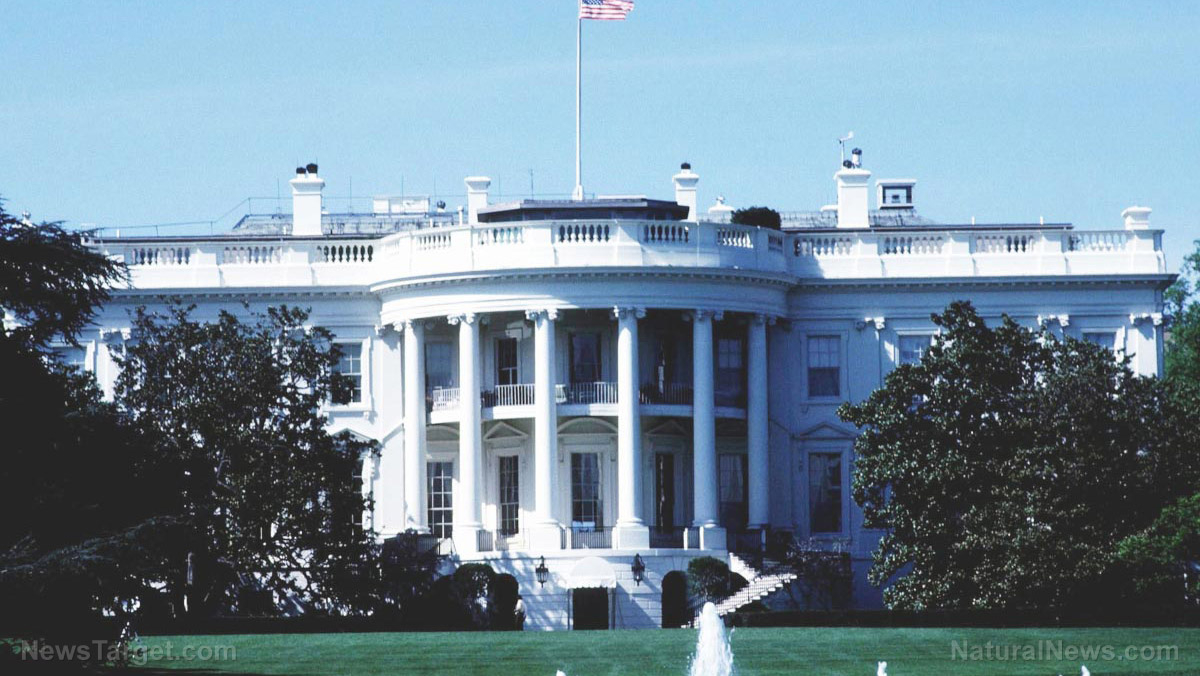 Parler
Parler Gab
Gab
Food shortages are a growing concern
Although nitrogen prices eased slightly in the EU earlier this month as natural gas prices started to let up, European farmers have struggled to stock up on enough fertilizer to prepare for the planting season next spring on account of the tight supply and higher prices. Therefore, it is expected to be the second growing season in which farmers will produce less food. This comes at a time when there is already a food shortage that is becoming so severe that the UN has warned it could cause a major global famine. Li Qingyan of the China Institute of International Studies explained: "All countries in South Asia are developing countries. Agriculture is a major driver in their economies and fertilizers have been a necessity to guarantee crop yields. Without fertilizers, they can hardly feed themselves." The number of people who are affected by hunger around the world hit 828 million last year, a rise of 150 million from the beginning of the pandemic. Soaring food prices, regional conflicts, international tensions and extreme weather are all contributing to global food security issues. Food insecurity is already impacting Americans. A recent survey found that nearly one in five Americans have skipped meals or not bought groceries as a result of high inflation, while two in five households have received food from a food bank in the past year. Sources for this article include: StrangeSounds.org News.CGTN.com News.Nationwide.comFed interest rate hikes make living in overpriced America even MORE expensive
By Ethan Huff // Share
Biden’s economic policies and inflation are tanking tech IPOs like Rivian, Robinhood
By JD Heyes // Share
Glass maker Duralex HALTS operations in France due to skyrocketing energy costs
By Ethan Huff // Share
Governments continue to obscure COVID-19 vaccine data amid rising concerns over excess deaths
By patricklewis // Share
Tech giant Microsoft backs EXTINCTION with its support of carbon capture programs
By ramontomeydw // Share
Germany to resume arms exports to Israel despite repeated ceasefire violations
By isabelle // Share










